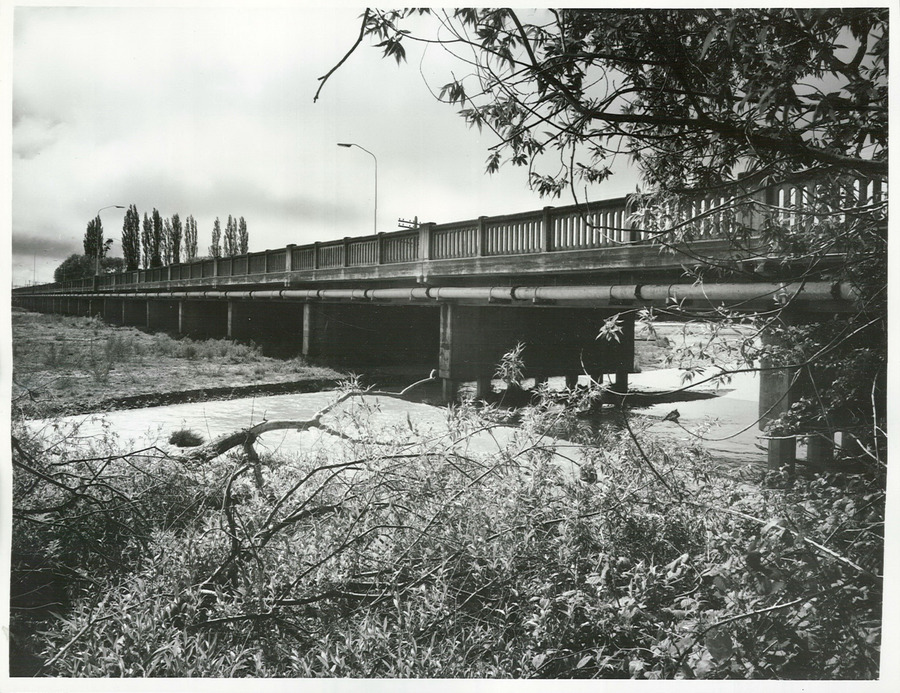Heavy flooding in Canterbury has caused the Ashburton Bridge to slump.
Officials say the bridge is likely to be closed for at least several days, cutting off access to the Canterbury town.
The SMC asked experts to comment.
Alessandro Palermo, Professor in Structural Engineering, Department of Civil and Natural Resources Engineering, University of Canterbury, comments:
What is slumping and how does it occur?
“The slumping is possibly due to scouring of the river due to flooding. One option could be that the ground around the piles of the bridge has been taken away and the overall foundation pile capacity further reduced. The longer the piles, the stronger they are. As a consequence, the foundation/piles settle. The settlement depends on different variables and it is difficult to estimate.
“Another option could be that the pier / foundation / piles may have tilted on one side. This situation is more unlikely. I haven’t seen images of the column pier, therefore it becomes difficult to understand the real cause.”
How significant is the damage likely to be?
“The damage is localised but a failure of the column could cause the partial collapse of the adjacent spans of the bridge deck. In fact, from the photos of the bridge, I believe there are expansion joint splits and therefore the bridge deck is not continuous. In 2013, the old Ashley River Bridge had a pier washed out but, since the deck was continuous, i.e. built in one piece, it unexpectedly didn’t collapse. However, if a continuous deck collapsed, the damage will be more spread and less localised.”
What types of repair options are there?
“A settlement in a bridge column is always very challenging to repair since you need to repair the bridge without damaging the superstructure, i.e. the bridge deck. The most likely imminent option is to underpin the bridge deck with a temporary structure and build a new column.”
How long might it be until the bridge can be repaired?
“The priority is to bring back the network functionality, therefore I imagine that the strategy will be to opt for a temporary structure (possibly a steel framing) designed to take the weight of the bridge deck and live load due to traffic. It could take a few weeks. Then, work on a more long-term repair strategy will be needed. However, given that the bridge is very old, NZTA may opt for a full replacement.”
What are the likely costs to fix it?
“It is difficult to estimate without knowing all the site conditions. I would say that repairing the column/piles will be in the order of hundreds of thousands of dollars, while a full replacement would be several millions of dollars.”
No conflict of interest. These responses were given on 1 June, before seeing any official reports on the bridge.
